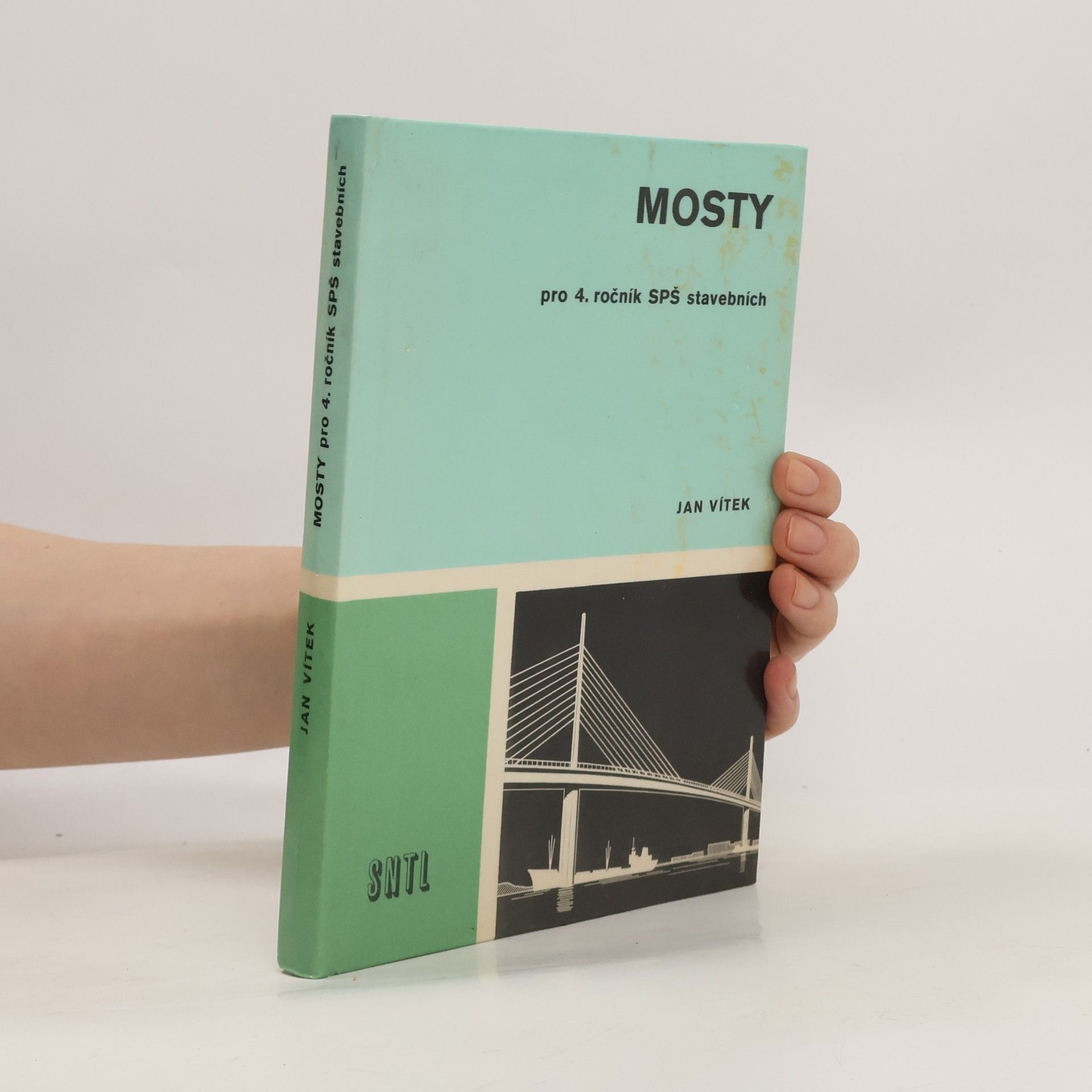Více než 200 nejkrásnějších, nejzajímavějších, nejvyšších nebo nejdelších mostů, viaduktů a lávek z celého světa najdete na stránkách této knihy. Autor však nezapomíná ani na ty v České republice. Stovky překrásných barevných i dobových fotografií a ilustrací vám přiblíží mosty historické, městské, železniční, obloukové, trámové, visuté i zavěšené. U každého mostu najdete množství faktů a čísel, příběhů, ale i historických informací o jeho vzniku.
Jan Vítek Books






Krajinou severovýchodních Čech
- 168 pages
- 6 hours of reading
Knížka je pozváním do malebné horské a podhorské krajiny rozprostřené podél státní hranice od úpatí Krkonoš k podhůří Jeseníků a přes východní cíp České tabule sahající až na pomyslný práh Vysočiny. V šedesáti kapitolách provázených sto třiceti obrázky je totiž věnována pozornost zejména krajinným partiím a zajímavostem neživé přírody, které většinou zůstávají stranou běžných výletních a vycházkových tras, které však přesto - nebo snad právě proto - stojí za bližší poznání.
Východní Čechy a okolí : Nejkrásnější výlety
- 391 pages
- 14 hours of reading
Pojďte s námi objevovat krásy východních Čech a přilehlého okolí. Můžeme vyrazit pěšky, na kole, na běžkách, na in-line bruslích, autem, vlakem, zkrátka, jak je libo... Kniha kombinuje toulky přírodou s návštěvami nejhezčích měst, hradů a zámků v tomto koutě České repubilky a nabízí nám tak ty nejkrásnější výlety..
Pro žáky základní školy (9. ročník) a nižší ročníky víceletých gymnázií
Souostroví Kapverdských ostrovů ležící nedaleko západoafrických břehů patří i v dnešní době k méně známým koutům planety Země. Publikace s pera dvou vysokoškolských pedagogů tak objevuje mnohotvárnost podob života lidí na Kapverdách a zejména uvádí řadu zajímavých údajů geografického, historického, ekonomického či kulturně-společenského charakteru. Kapverdské ostrovy se tak prezentují čtenářům jako nesmírně zajímavá země odvážně hledící vstříc budoucnosti.
Mosty v České republice
- 278 pages
- 10 hours of reading
Prvotina autorů, jež námětově těží z fejetonů, které svého času otiskovali v Obraně lidu, byla odměněna zvláštní cenou v literární soutěži Hlavní politické správy čs. armády. Kladem sbírky je její aktuálnost, pravdivost, založená na hluboké znalosti prostředí a lidí, o kterýchpíší. Příběhy, vyprávěné svěžím, plastickým jazykem, mají společné poslání: Chtějí nejen pobavit, ale zároveň nastavit zrcadlo. Kresbami je opatřil Jan Brychta.



